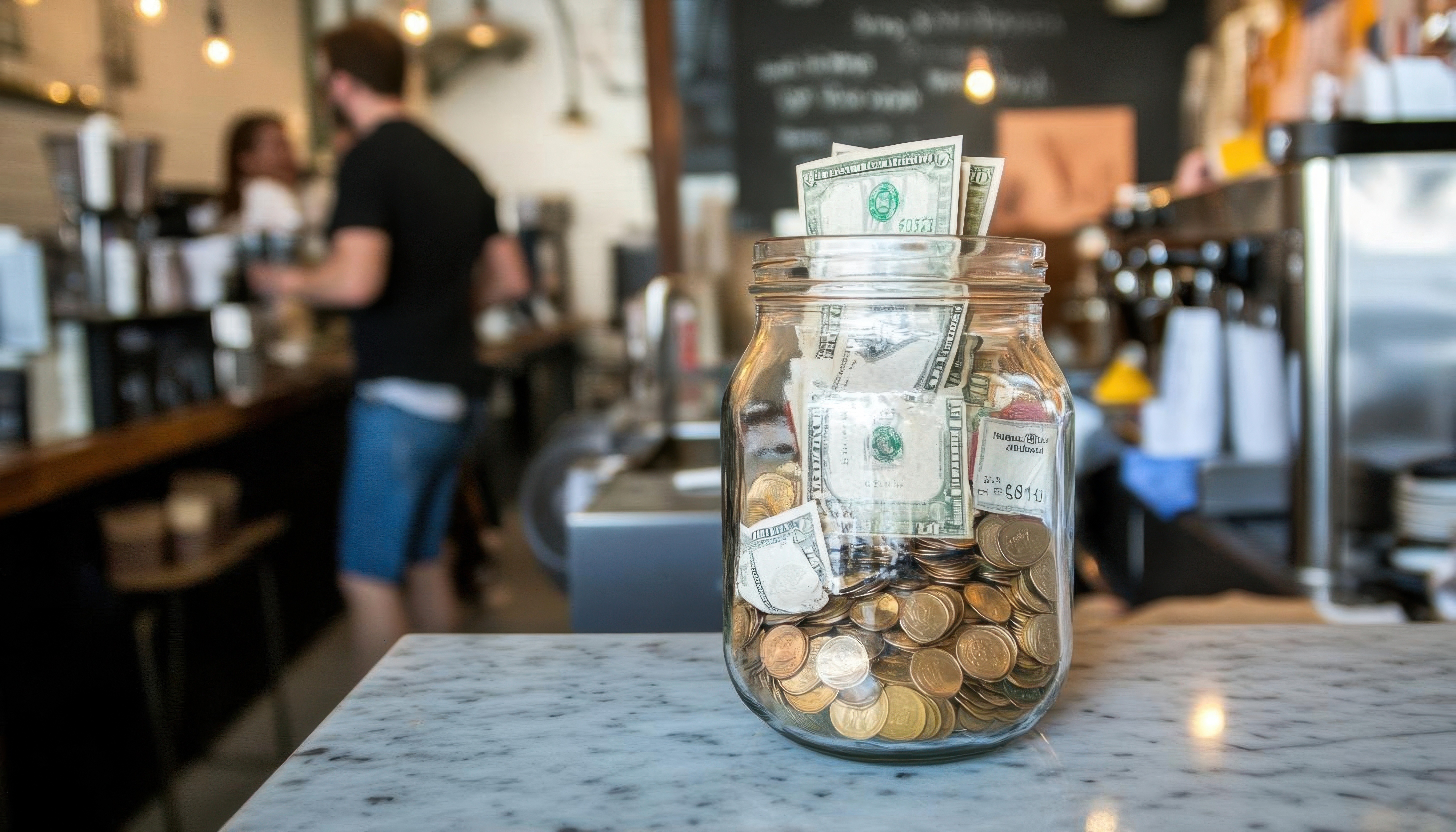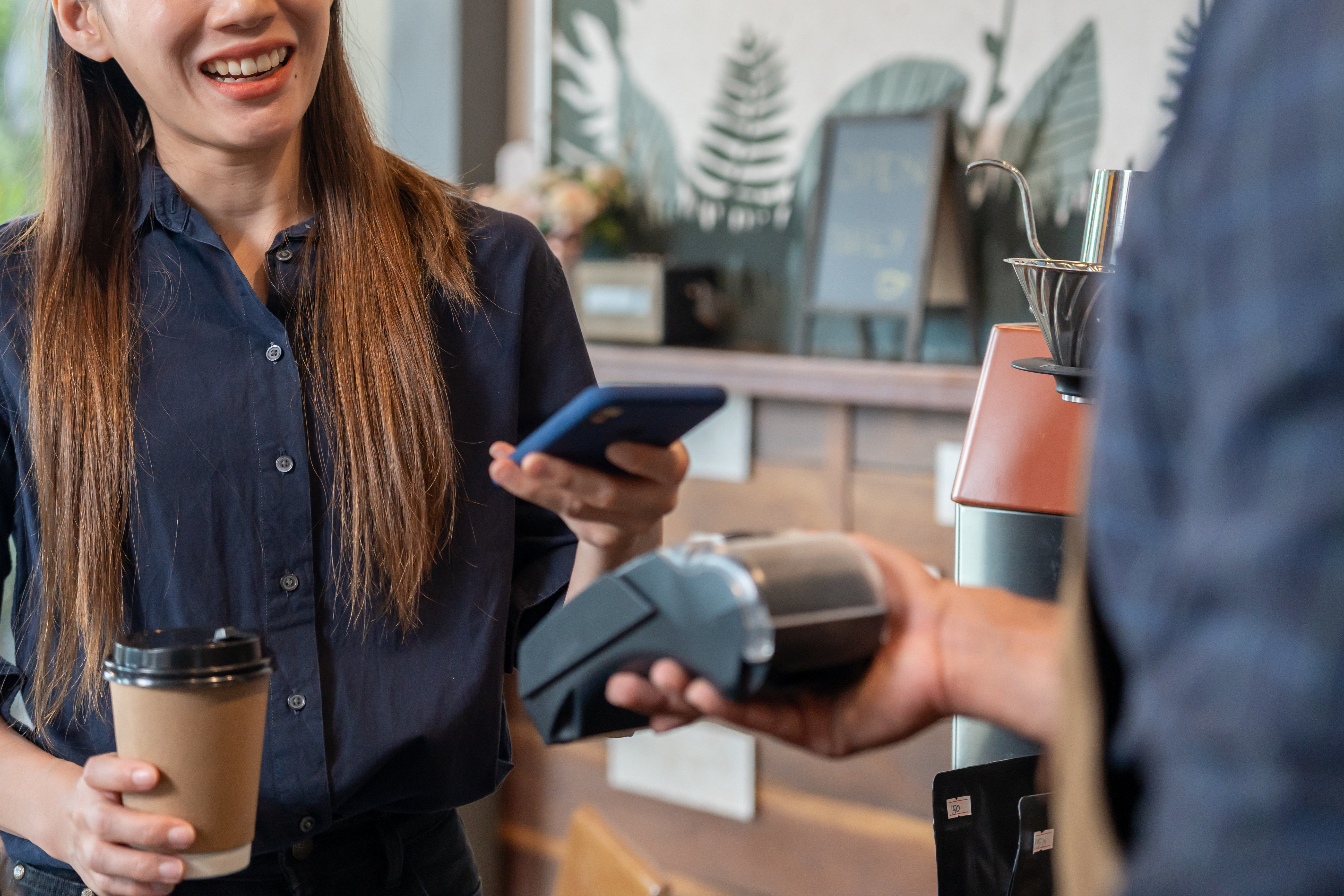Delivery Apps: The Pros & Cons for Restaurant Owners
In the past few years, there have been big changes in the restaurant industry. Customers now demand more convenience. But restaurant owners are considering whether offering that convenience is truly worth it.
At first glance, third-party delivery companies like UberEats, Doordash and Postmates seem like a restaurant owner’s dream. They allow restaurants to offer delivery with little to no upfront costs and introduce potential customers to the restaurants by increasing their marketing reach. They also handle the payment and delivery process.
But the question is, will these services really help grow your brand, and bring in more customers? If so, at what cost?
The Problem with the Food Delivery Economy
Restaurant owners have been quite vocal about the many problems that come along with services like GrubHub, Seamless, UberEats and Doordash. In this New Yorker article, restaurant owners suggested that their involvement is “more complicated than consumers realize.” In many instances, despite the increase in delivery orders the restaurants were receiving, their profitability decreased.
That isn’t a surprise when many companies pay as much as 40% of the revenue earned from an order to a third-party platform.
Unfortunately, the problem isn’t going away. In 2020, there were 111 million Americans using food delivery apps.
And if these orders were in addition to orders placed directly through the restaurants, this wouldn’t be a problem. The issue is that these orders are taking away from take-out and dine-in sales. You can figure out the exact cost to your restaurant using this calculator.
So who’s really winning? Certainly not restaurants, it seems.
Growing Your Business with Delivery Apps
Despite the inherent problems with delivery apps, restaurants still need ways to meet customer needs and grow their customer base. Here are a few ways how you can use this technology to your advantage.
Most third-party delivery apps will give you the functionality to decide when you are available for new orders. Use it. Accept deliveries only when you are traditionally slow, and limit the items you offer. Use the service to introduce your menu, not provide the entire buffet.
Think about why your customers want to dine in at your restaurant instead of ordering your food from a delivery service. Use the space on your profile to make your restaurant memorable among new potential diners, so that they’ll want to try your restaurant out in person.
You could use pictures of your award-winning interior, feature service awards, or limit your delivery menu to only items that travel well.
Also, take advantage of other forms of marketing to convince diners to dine in and skip the delivery service. Consider a loyalty program that rewards diners only when they order directly through you. Or, create experiences like free Wi-Fi or sponsored events to bring people in.
People Are Loyal to Food, Not Apps
Delivery apps are likely here to stay, so restaurant owners will need to find a way to work with them.
Focus on using third-party delivery to build your brand, while also building your local marketing through other methods.
At the end of the day, customers who love your food and service will be back. If you offer an unforgettable food experience, you will build a bigger brand that brings your customers right back to your door.
Delivery apps are popular because they make it easy for customers to order. Take charge, and look at other ways you can make it easier for your customers to order from you. Custom solutions like Craver allow your customers to order easily from your restaurant through an app and still deal directly with you. So go ahead and sign up for those third-party delivery apps, and get your name out there. Then, encourage customers to order through your app instead.
%20(Instagram%20Post)%201-1.png?width=1080&name=New%20(1640%20x%20924%20px)%20(Instagram%20Post)%201-1.png)
The Best Online Ordering Systems for Restaurants in 2024.
- Pros and cons of each online ordering system.
- A clear comparison of pricing, features, integrations, and customer support.
- Real app examples for hands-on testing.
- Real customer reviews to guide your choice.
Amin Yazdani is the CEO and Co-Founder of Craver, a fast-growing mobile platform for restaurants, helping them grow and retain a loyal customer base.




